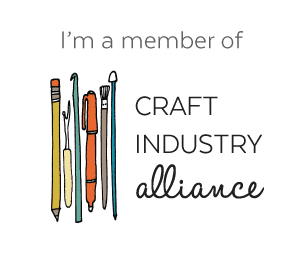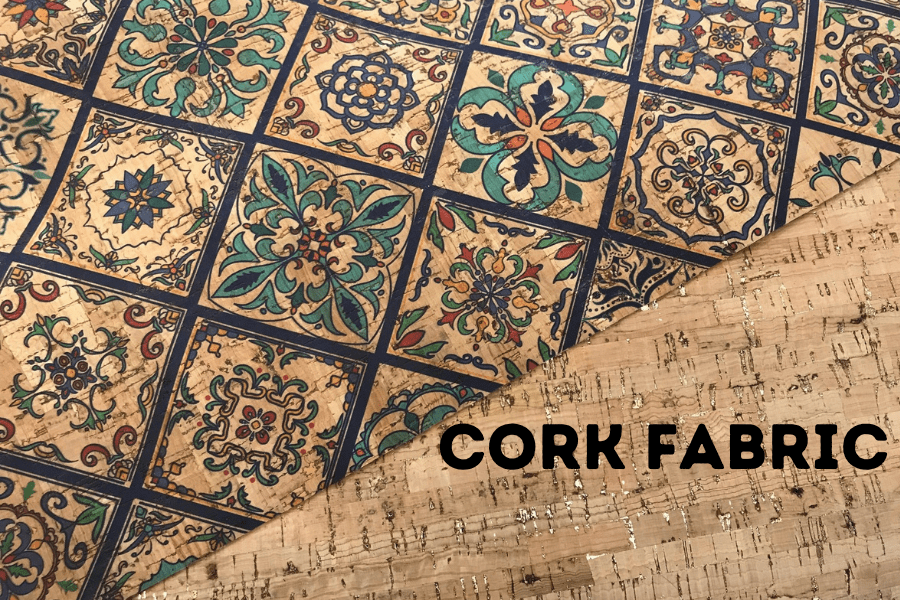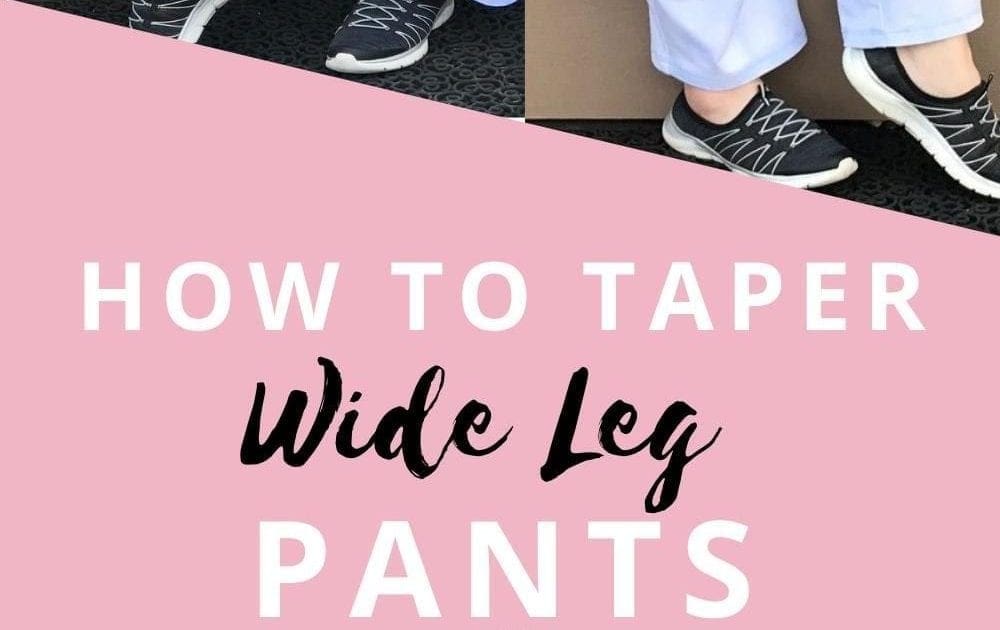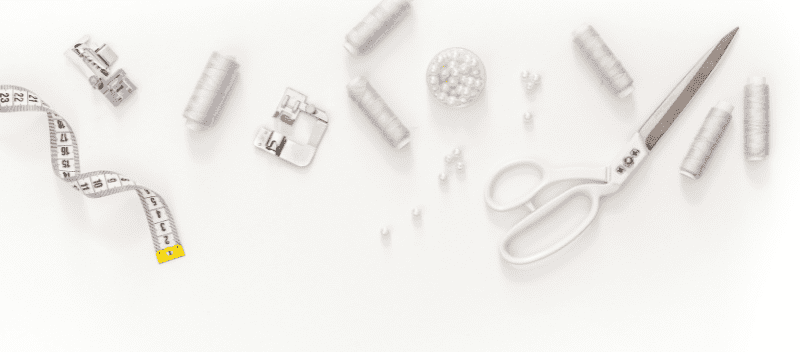Heat Transfer Vinyl Applique – Easily Create Amazing Designs

Easily Create Amazing Designs with Heat Transfer Vinyl Applique (HTV)
If you are short on time, own a Cricut or CAD cutting machine AND need a fast and easy method for creating appliques, consider using heat transfer vinyl appliques (HTV) on your next sewing project! This fast and easy method will save you time and allow you to create amazing designs that might not otherwise be possible with traditional applique methods.
What is heat transfer vinyl?

Heat transfer vinyl is a polyurethane material that when exposed to a specific heat setting will permanently adhere to fabrics such as cotton, cotton/poly blends, nylon and natural fiber materials. It is mostly used in the t-shirt design business but can be applied to other items such as cotton fabrics, canvas bags, jeans, pillows, and sport jerseys.
Where to buy heat transfer vinyl to create heat transfer vinyl applique?
Market places such as Etsy and Facebook host many heat transfer vinyl sellers who create fun and beautiful designs. There are also family-owned businesses like Jasie Blanks that offer a wide variety of vinyl prints and supplies. (I love their HTV vinyl prints and use them on a regular basis). While many vinyl print designs are theme oriented (baseball, football, dance, etc.), there’s also a wide variety of holiday and seasonal designs. Most vinyl sellers offer smaller budget friendly cuts of printed heat transfer vinyl so that it fits on cutting machines such as the Cricut and Silhouette as well as commercial cutting machines.
What tools are needed when working with heat transfer vinyl applique?
Besides the vinyl, cutter, and heat press, you will need a few additional tools.
- Weeding tool
A weeding tool is a sharp, hook shaped instrument that allows you to remove the excess vinyl from your design without damaging the applique.

2. Vinyl Pressing Cloth or Mask
This is not the same type of fabric pressing cloth that you may use when working with delicate fabrics. This pressing cloth is made from a durable material that resists scorching and tolerates high heat.

3. Sharp scissors
Sharp scissors are essential for cutting away large sections of excess vinyl material.
4. Heat eraser
Heat erasers that are made from several layers of thick, felt like material resemble old fashioned chalk board erasers. After pressing the design and before removing the pressing cloth, you ‘rub’ your eraser over the design to help remove excess heat.

5. Cutting Software for your machine
Some cutting machines include software with the purchase of a machine, while others make it an additional purchase. Without the correct software, a cutter will not work.
6. Cut files in the correct file format that works with your machine
Like embroidery files, cut files are format specific to particular machines. When shopping for new designs, always check the available file formats before purchasing.
The process: How to create and apply your heat transfer vinyl applique to your design
Once you have the necessary supplies, cut files, and HTV, it’s time to get started. Begin by loading your design in your cutting program. Check the design size and cutting specifications. If you need to make any changes or revisions, now is the time to do so.
Follow your machine’s instructions for loading vinyl in the correct manner. Some machines will cut from the underside, others from the top. Make sure you are cutting correctly to avoid wasting material. Once the design looks good, cut it. Cutting times vary depending on the design detail and machine.
Once the cutting is finished, carefully ‘weed’ your design. This is the process of removing the excess vinyl material. When weeding is finished, pre-heat your press and position your design on your material. It’s important to ensure that your design is positioned correctly before pressing.
Once it looks correct, press. Make sure you use the correct mask and heat press cloth. If you aren’t familiar with masks, this is the substrate that temporarily ‘holds’ the vinyl on your material until it is pressed. It is available in different stickiness strengths. In most situations, you will need a light or medium weight. If you aren’t sure what you will need for your specific project, ask the vinyl reseller for their advice with your specific project.
How I used heat transfer vinyl applique for an Easter sewing project

Several years ago, I was facing a major time crunch and needed to make an Easter table runner—FAST. I looked around my studio hoping for inspiration and a solution. I realized that the answer was staring me in the face—use vinyl for my transfers!
I began by cutting out several egg-shaped designs. Next, I arranged and fused them to my cotton fabric using my heat press.
Once all my heat transfer vinyl appliques (HTV) designs were pressed in place, I layered my top fabric with batting and a backing cotton fabric. Next, I free motion sewed around my eggs and quilted my table runner. Fast and super easy! Everyone loved the table runner and commented on the cute designs. The first table runner worked out so well, I made a second one!

Hopefully this article will inspire you to consider using heat transfer vinyl appliques (HTV) vinyl transfers in a future project.
Please note: This article does contain affiliate links.
We are a participant in the Amazon Services LLC Associates Program and its affiliate advertising programs which are designed to provide a means for us to earn fees by linking to Amazon.com and its affiliated sites.
There is no additional cost to you when you make a purchase through any of my affiliate links. Please consider supporting this blog.
CHRISTINE WARREN
Sewing isn’t just my job, it’s my passion. I’ve enjoyed sewing and needle working since I was very young.












